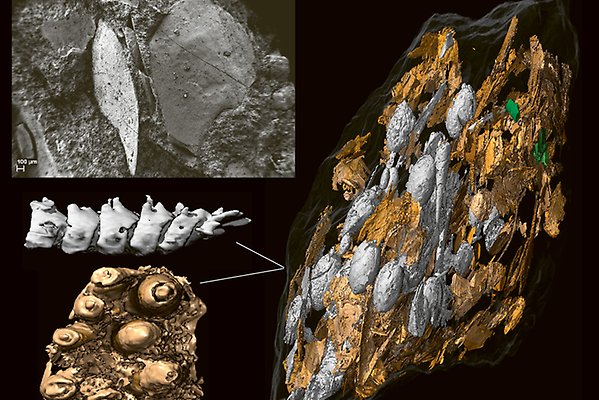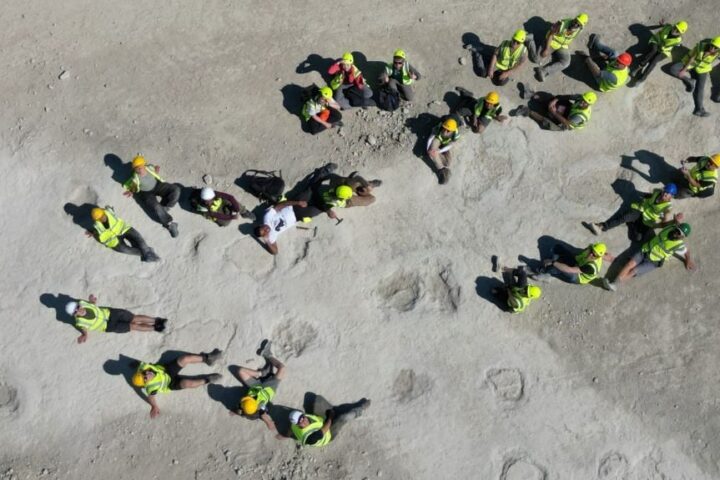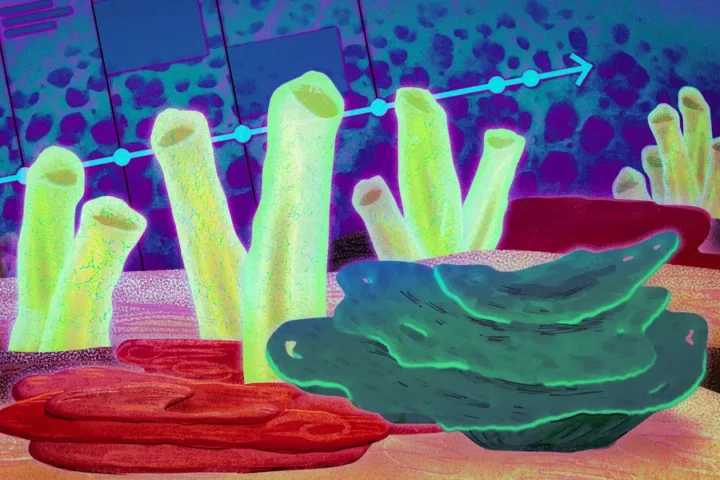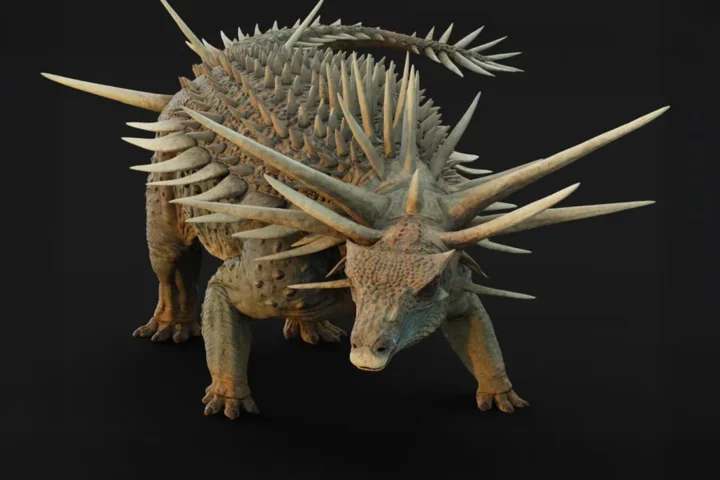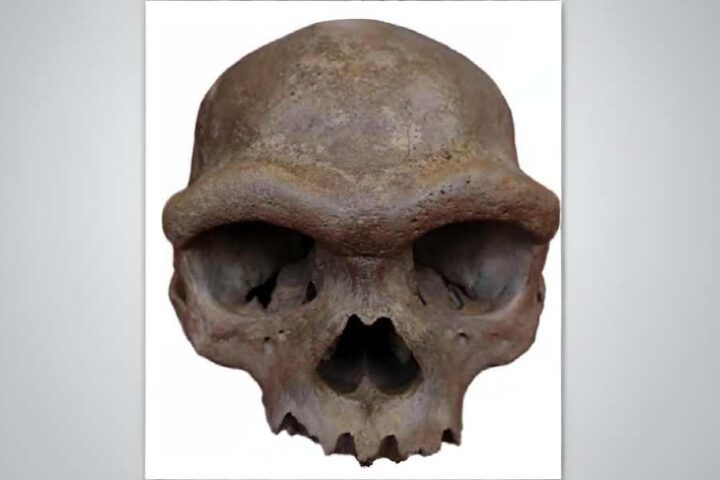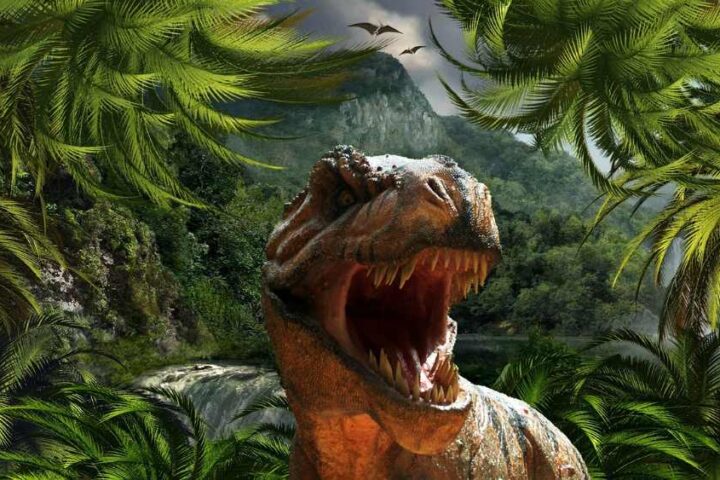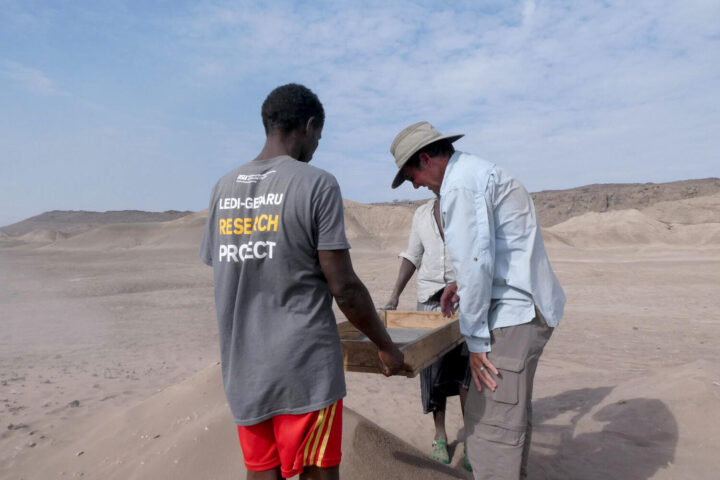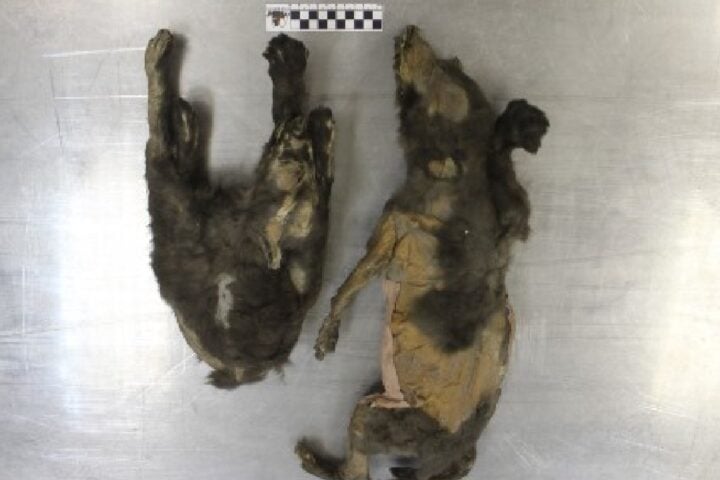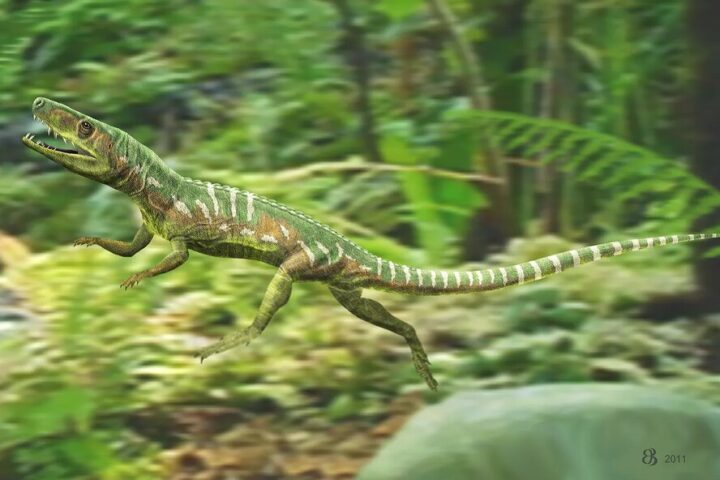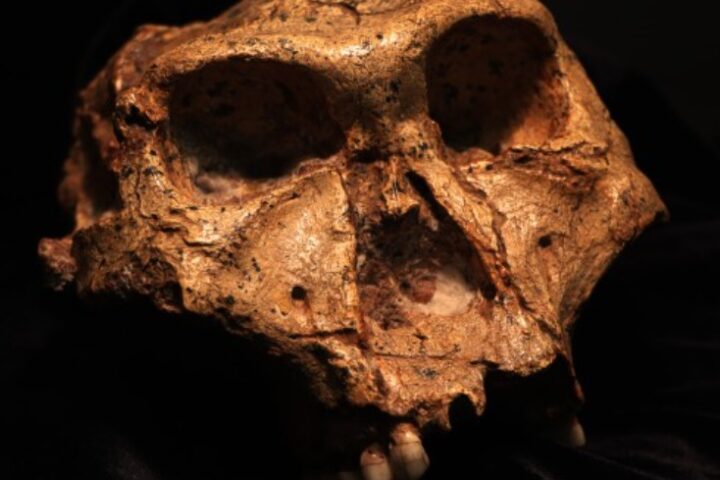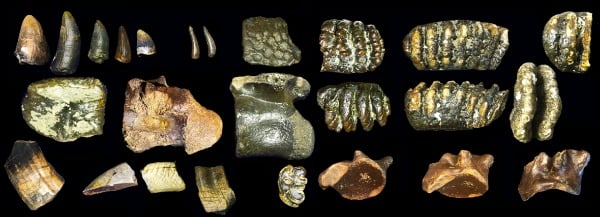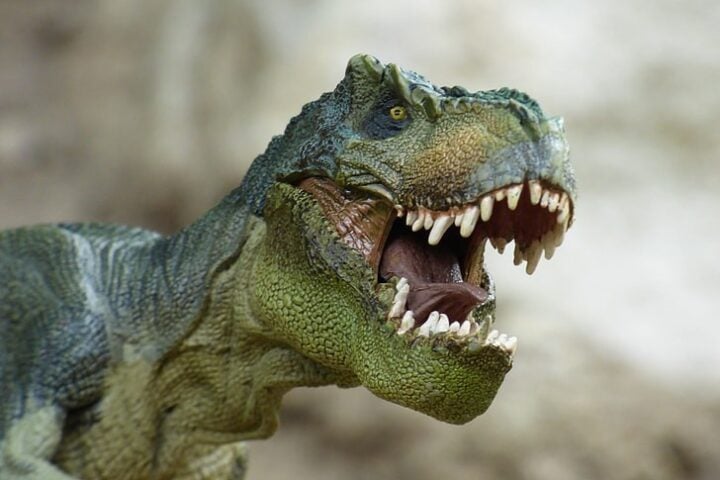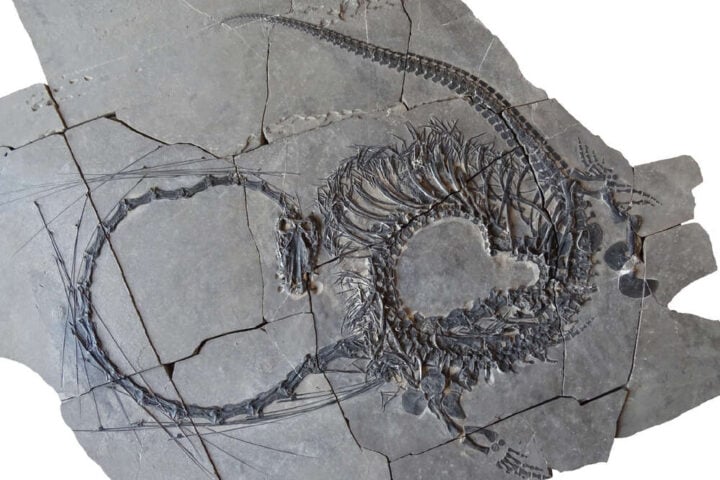Scientists at Uppsala University have analyzed fossilized dinosaur dung (coprolites) using advanced synchrotron imaging technology, uncovering precise details about dinosaur dietary habits from 200 million years ago. The study focuses on the critical first 30 million years of dinosaur evolution during the Late Triassic period.
The research team examined coprolites, identifying undigested food remains including fish, insects, and plant matter. The analysis revealed that early herbivorous dinosaurs, particularly long-necked sauropods, consumed substantial amounts of tree ferns along with charcoal – potentially a strategy to counter plant toxins.
Martin Qvarnström from Uppsala University states, “Unfortunately, climate change and mass extinctions are not just a thing of the past. By studying past ecosystems, we gain a better understanding of how life adapts and thrives under changing environmental conditions.”
The coprolites contained well-preserved specimens, including intact small beetles and semi-complete fish. Carnivorous dinosaurs left evidence of crushed bones in their coprolites, exhibiting behavior similar to modern hyenas seeking minerals and marrow.
More Stories
Grzegorz Niedzwiedzki, a researcher involved in the study, explains, “The way to avoid extinction is to eat a lot of plants, which is exactly what the early herbivorous dinosaurs did. The reason for their evolutionary success is a true love of green and fresh plant shoots.”
The research team developed a five-step model of dinosaur evolution that they believe explains global patterns. Their findings demonstrate that dietary diversity and adaptability were essential survival traits during the environmental changes of the Late Triassic period.
The research used synchrotron imaging to examine the internal structure of coprolites. This technology enabled researchers to reconstruct Late Triassic and Early Jurassic ecosystem structures.
The study addresses a gap in scientific understanding about the ecological and evolutionary processes that led to dinosaur dominance. The findings present evidence of how early dinosaurs established themselves through varied dietary strategies and environmental adaptation.
